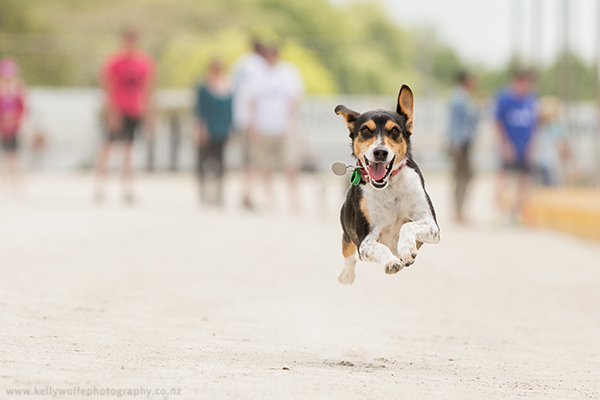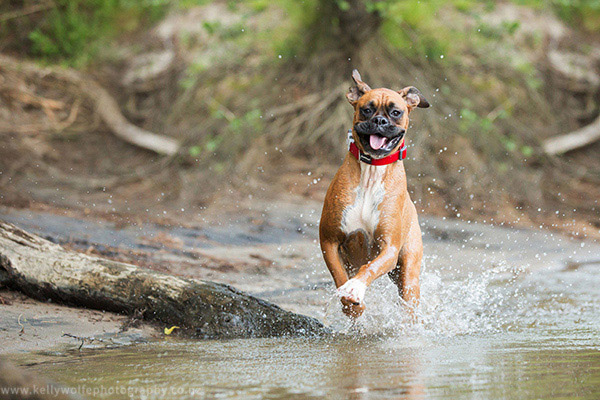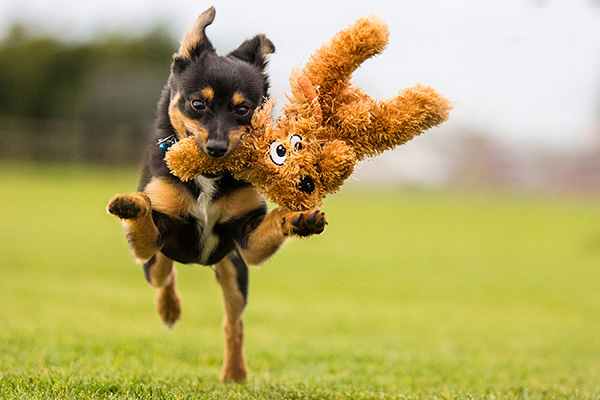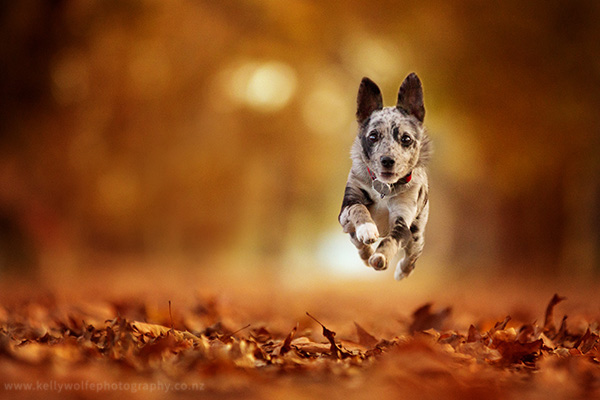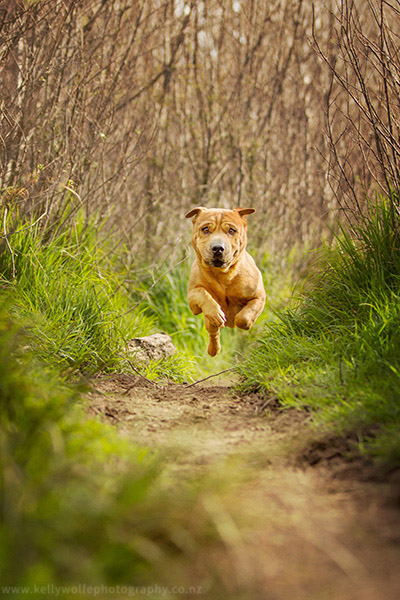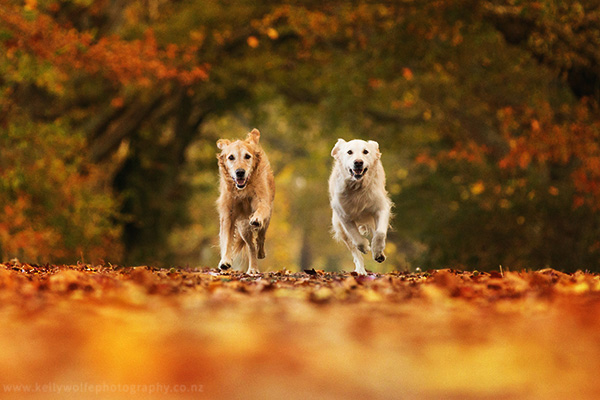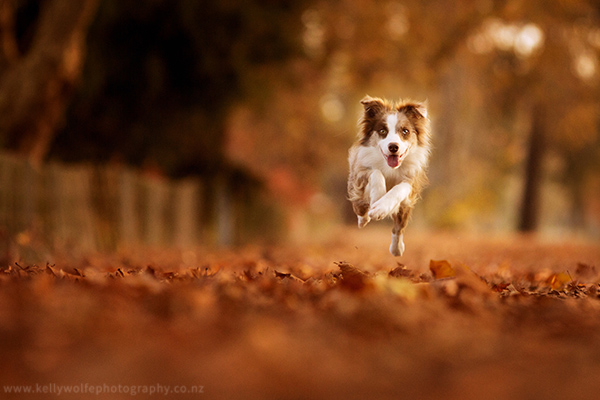Introduction
When it comes to photography, capturing canine action images is an absolute delight. There is a unique sense of freedom and excitement that can be seen in their expressions as they leap into the air, and being able to freeze those moments into a single photograph is truly amazing. It not only provides a lot of fun for the photographer, the dog, and the owners, but it also presents a good challenge to capture the essence of these energetic creatures.
Safety First
Before diving into the tips and tricks of capturing incredible canine action images, it is imperative to prioritize safety. No image is worth risking the well-being of yourself or the animal. When choosing a location for the shoot, make sure it is a place where dogs are permitted, secure, and far away from potential hazards such as roads. Additionally, it is crucial to have full control over the dog while they are in motion. Every dog has its own pace and comfort level, so it’s important to respect that and capture them in their element.
The Dogs Need to Have Fun Too!
The key to capturing extraordinary animal photography lies not only in your photography skills but also in your animal handling skills. The expression you capture in your images is what will truly set them apart from the rest. It is vital to create a positive and encouraging environment for both you and the dog. Use a cheerful voice when calling the dog and have plenty of rewards ready by the camera to incentivize them. Squeaky toys, tennis balls, favorite treats, and even peanut butter can work wonders in eliciting playful and engaging expressions from the dogs.
How Do You Get the Dog to Run the Right Way?
Achieving the desired image requires some knowledge about the dog’s training level, health, and personality. This information allows you to formulate a plan of action to capture the image you have in mind while ensuring the safety of both you and the dog. For well-trained dogs with reliable sit and stay commands, have the owners ask the dog to stay around 20 meters from your shooting spot. The owners should then stand directly behind you and call the dog towards the camera. For younger dogs or those with less training, finding a secure location becomes even more important. Consider using a quiet dog-friendly park or the dog’s own backyard to minimize distractions. If possible, have someone else help keep the dog in place or use a lead with the owner running alongside. Later, you can choose to keep or remove the lead using editing tools like Photoshop. Sometimes, the most captivating action images are captured when the dogs are simply being themselves, having a blast with their favorite toys during the session.
Choose Your Settings Wisely
Once you have all the tools in place to direct the dogs in the right direction, it’s time to focus on capturing the fun-filled moments. It is recommended to use a camera with a telephoto lens for better reach. The author’s recommendation is the Canon 5D MkIII with a Canon 70-200mm f/2.8 lens. However, many images in this article were created with a Canon 60D. When selecting a shooting spot, position yourself at a considerable distance from the dog, giving yourself ample opportunity to capture the perfect moment. It is also a good idea to get down to the dog’s level. This perspective not only provides a fresh and engaging angle but also helps in capturing the expressions on their faces as they run towards you.
To have complete control over the final image, the author suggests shooting in full manual mode. Starting with a shutter speed of 1/1000 and an aperture of f/2.8, adjust the ISO setting to suit the lighting conditions. However, if you are still not comfortable with manual settings, using shutter priority mode or sports mode can be a good starting point for capturing action images. As you gain more experience, you will discover the combination of settings that works best for you and the type of photos you want to create.
Nail That Focus
Nailing the focus is one of the trickiest aspects of photographing dogs in action. The author recommends using a single focus point with the camera in AI servo mode. This setting ensures that the camera will continuously refocus on the selected point as long as the back button is held down. If you haven’t already tried it, back button focusing can be a game-changer in terms of focus control, not just for capturing canine action images, but for various types of photography.
Timing Is Everything
Timing plays a critical role in capturing the perfect action shot. The author suggests adopting a counting technique commonly used by horse riders. When beginners start taking horse jumping lessons, they learn to count the horse’s strides. By counting aloud each time the horse’s leading leg leaves the ground, riders can anticipate the horse’s takeoff and be prepared for the upcoming jump.
This technique can be applied to photographing animals in action as well. Focus on the dog as they run, and each time their front legs leave the ground, count aloud. This will provide a steady and reliable rhythm for capturing the photo at the right moment. With practice, you will become proficient in adjusting the timing to capture different moments in their movement. Although this technique may be easier with larger dogs that have longer strides, dedication and practice will sharpen your ability to perceive the dog’s stride and capture their action in all its glory.
Conclusion
Capturing canine action images is both an exciting and challenging endeavor. It requires a balance between photography skills and animal handling techniques. By ensuring safety, creating a fun and positive atmosphere, and mastering the use of camera settings and timing, you can freeze those amazing moments of dogs in action. So grab your equipment, head out to your favorite location, and embark on the exhilarating journey of photographing dogs in motion. Feel free to share your own remarkable dog action photographs in the comments below and inspire others with your work!
The article is compiled and compiled by tipcamera.com


